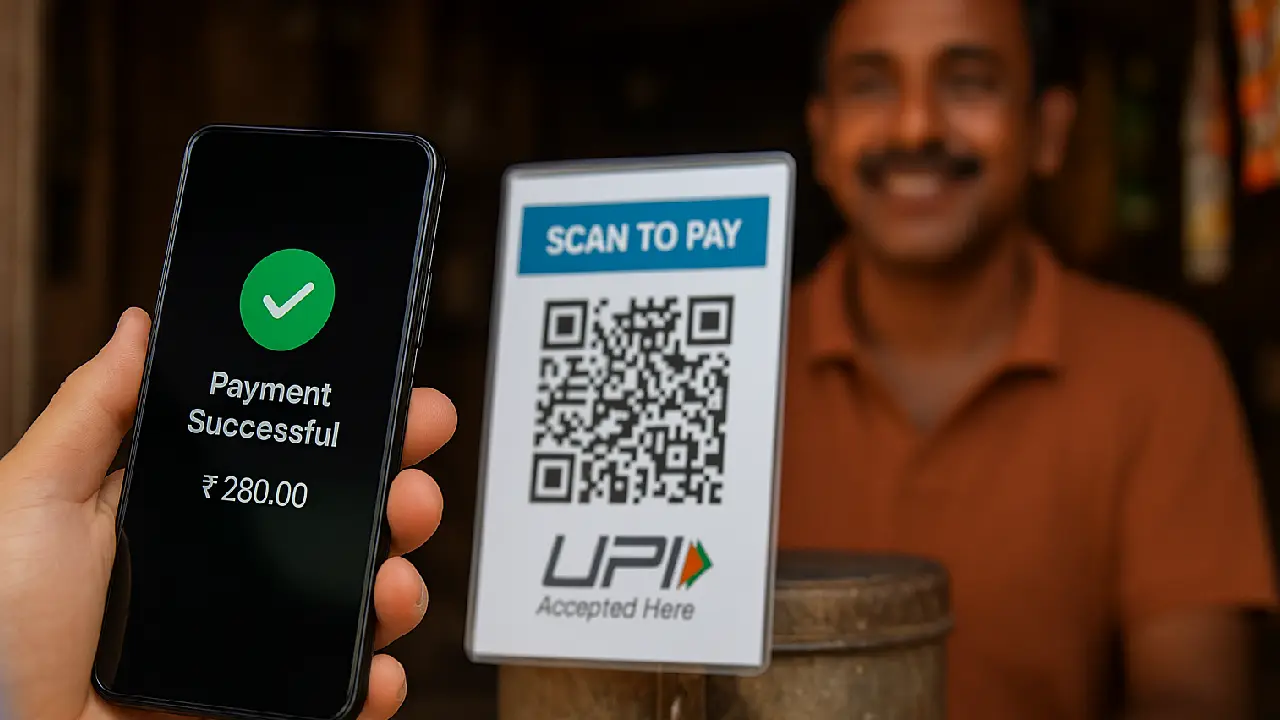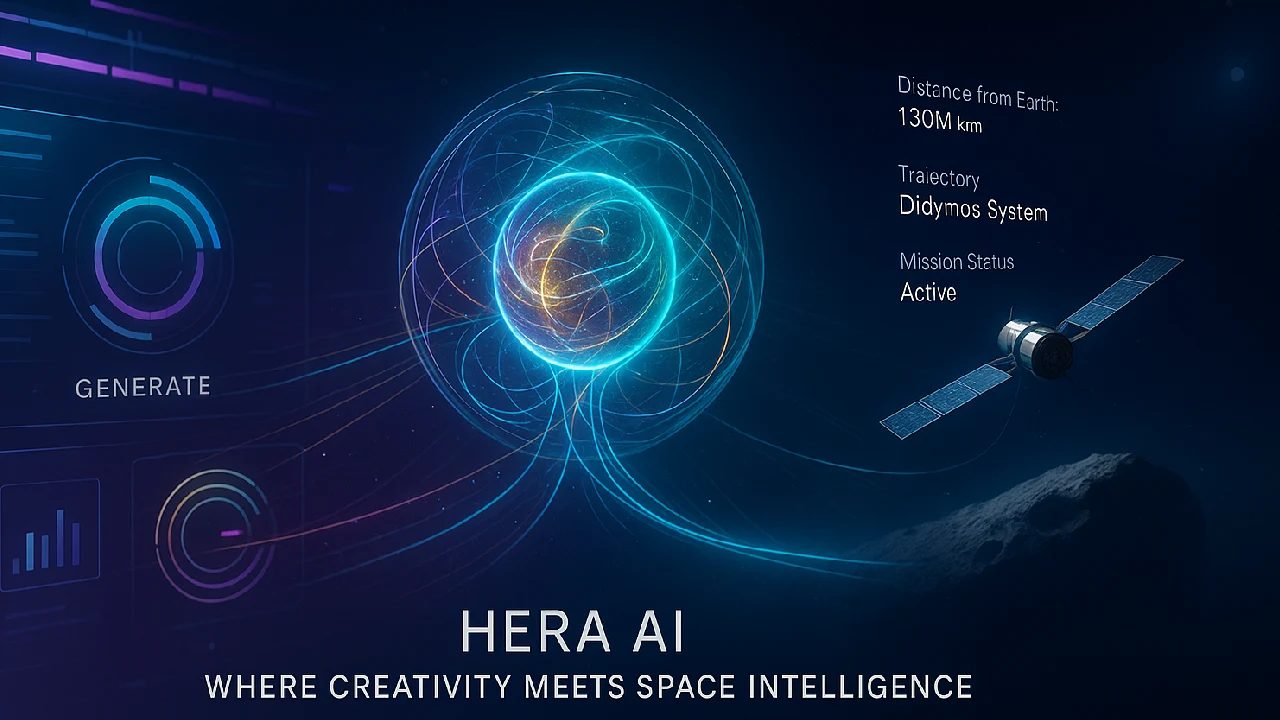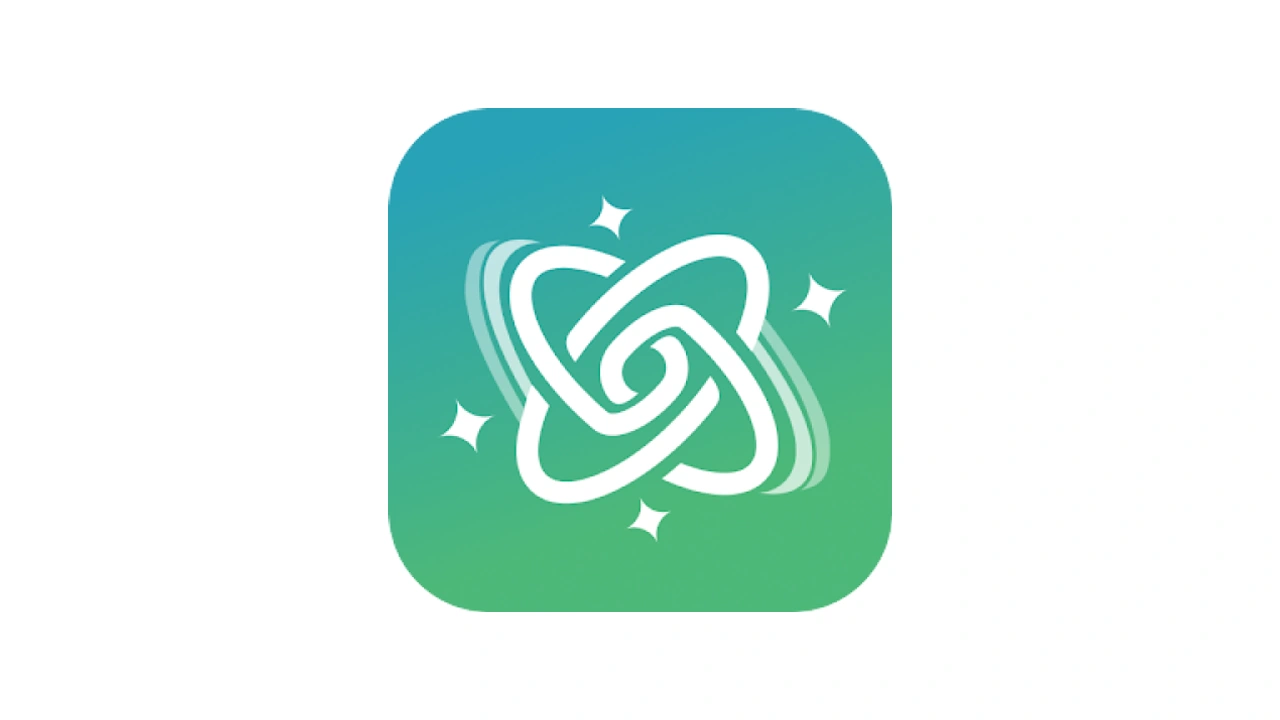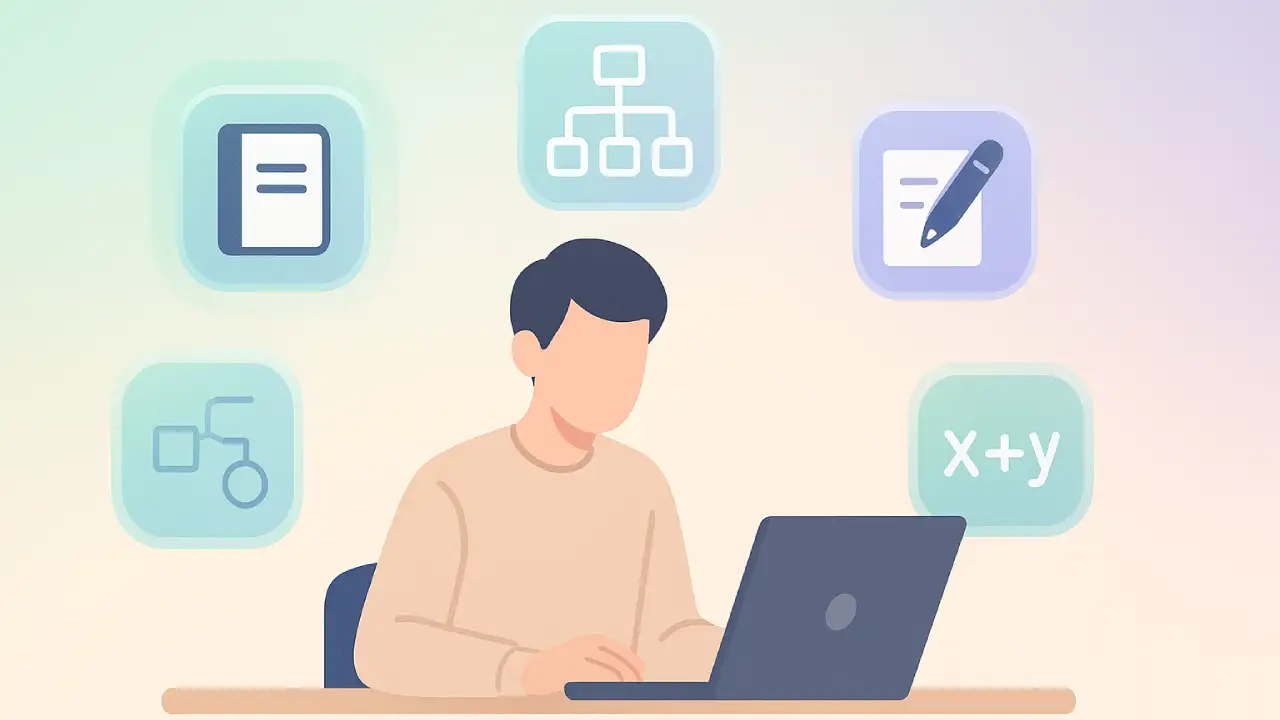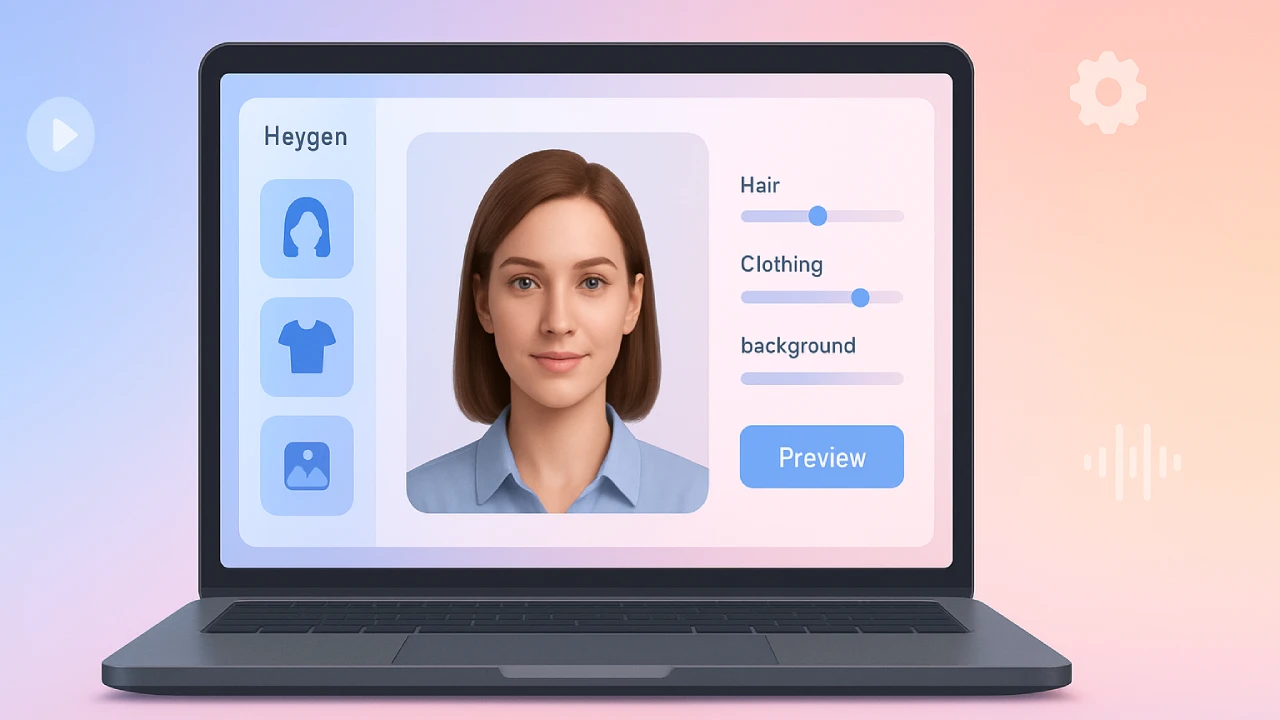Learn how QR code payments work, from front-end scanning to secure backend processing. Discover their benefits, real-world uses, and how they power cashless transactions.
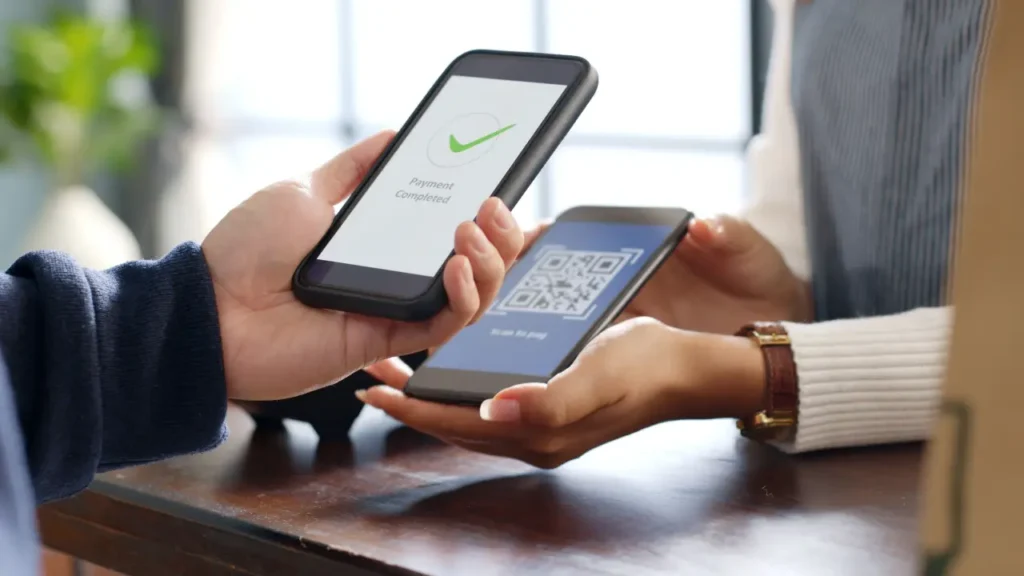
Have you ever thought about how scanning a small area on your phone screen can enable you buy groceries, food, or even train tickets? It looks like magic, but it’s really the power of QR code payments that works. QR-based payments are changing the way people transfer and receive money, from street vendors to big stores, both in India and around the world.
In this blog post, we’ll talk about how QR code payments operate, why they’re safe, and how they’ve become the main way to pay without touching anything in today’s digital world. We’ll also look at the good and bad sides, real-world examples, and the technology that makes it all work.
What Are QR Code Payments?
QR (Quick Response) code payments use codes that machines can read to make transactions quick and easy without touching anything. These square codes hold payment information like UPI ID, merchant information, or links to payment gateways. You use a payment app (like Google Pay, PhonePe, Paytm, or BHIM) to scan the code, check the amount, and approve the payment all in a matter of seconds.
How QR Code Payments Work: The Backend Technology
QR code payments may seem easy at first, but the backend infrastructure is a complex mix of finance platforms, secure networks, and real-time transaction processing.
Here’s a look at how it works behind the scenes:
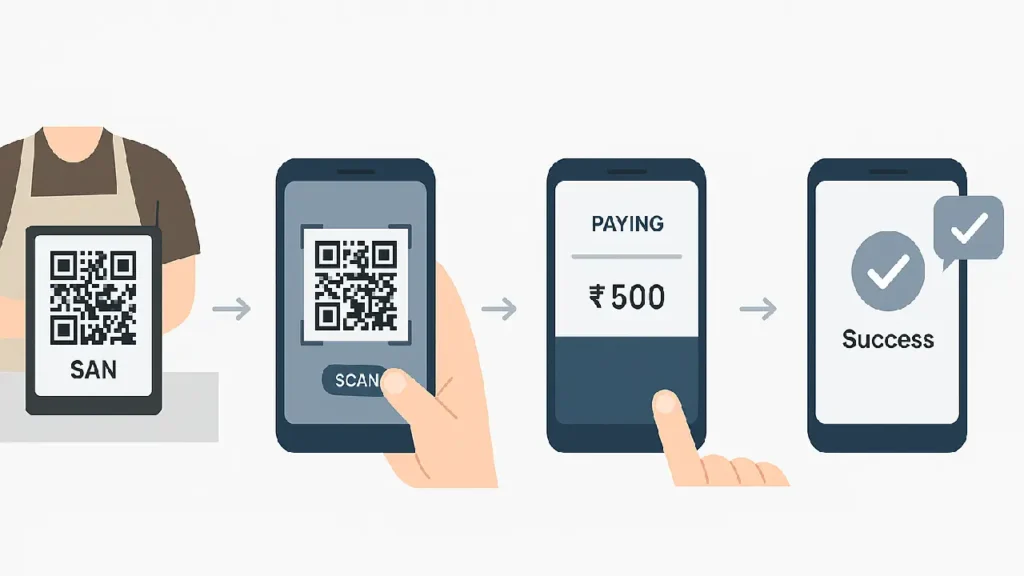
1. QR Code Generation
QR codes used in payments can be static or dynamic, and both are generated using the merchant’s payment credentials.
- Static QR: Contains fixed data (UPI ID or bank account).
- Dynamic QR: Generated in real-time for each transaction with embedded metadata — amount, merchant ID, timestamp, etc.
Dynamic QR generation is usually done through a Payment Service Provider (PSP) like Razorpay, Paytm, or BharatPe via their APIs.
2. User Scan and App Interaction
When a user scans the QR code:
- The payment app decodes the embedded information using built-in QR libraries.
- The app fetches merchant data from the code and creates a payment intent.
- This is sent to the UPI interface or wallet backend (e.g., Google Pay backend or Paytm server).
3. Transaction Routing via UPI Network
For UPI-based QR code payments, the flow is as follows:
- The user’s app initiates a payment request to their bank’s UPI server, also referred to as the PSP backend.
- The request is then routed to NPCI (National Payments Corporation of India), the body that runs UPI.
- NPCI forwards the request to the merchant’s bank using UPI’s real-time payment rails.
- The merchant’s bank verifies the details, credits the amount, and sends a response back through the same route.
All of this happens within 2–3 seconds.
Note: For wallets like Paytm or PhonePe Wallet (non-UPI mode), the routing is internal to their systems and doesn’t involve NPCI.
4. Authentication & Security Protocols
- Encryption: All communication between your app, bank, and NPCI is encrypted (TLS, SHA-256).
- Tokenization: Sensitive details like UPI PIN or account number are never exposed. Tokens and session IDs are used instead.
- Biometric or PIN Validation: UPI mandates user-side authentication to avoid unauthorized access.
UPI 2.0 and upcoming UPI Lite versions are introducing offline validation and additional fraud-detection mechanisms.
5. Confirmation & Reconciliation
Once the merchant’s bank has received the amount,
- A transaction success message is generated and passed back via NPCI → user’s bank → user’s app.
- Both merchant and user receive real-time receipts.
- The merchant’s app or POS system logs the entry for reconciliation.
Backend servers also log the transaction metadata (device ID, IP address, timestamp) for audit, analytics, and fraud detection.
6. Cloud and API Infrastructure
Most modern payment providers rely on
- Cloud-hosted microservices architecture (AWS, GCP, Azure)
- RESTful APIs to generate QR codes, verify transactions, or pull analytics
- Webhook systems to alert businesses instantly about payment status
7. NPCI’s Role in India
The National Payments Corporation of India (NPCI) operates the UPI infrastructure. It ensures:
- Settlement between banks via RBI
- Transaction limits, fraud checks
- Daily reconciliation of bank entries
- Real-time payment failure handling and retries
NPCI runs a 24/7 real-time switch to facilitate millions of QR code payments per day across India.
Real-World Applications
QR code payments are everywhere in India and gaining traction globally. Here are common use cases:
- Retail Stores: Supermarkets, kirana shops, malls
- Public Transport: Metro, buses (especially in smart cities)
- Street Vendors: Tea stalls, fruit sellers, delivery services
- Online Deliveries: Scan QR at delivery time instead of card/cash
- Events & Donations: NGO or ticket booths use printed/digital QR for quick fund collection
India leads the world in UPI adoption, and QR payments play a central role. According to NPCI, over 60% of all UPI payments in 2024 were made via QR codes.
Pros and Cons of QR Code Payments
Pros:
- No need for cash or physical cards
- Safe and encrypted
- Supports micro-payments and high-value transfers
- No installation or maintenance cost for businesses
- Works on any smartphone with a camera
Cons:
- Needs internet connectivity
- Some rural areas lack smartphone penetration
- QR codes can be tampered with (rare but possible)
- Scam alerts: Beware of fake QR codes shared via SMS or posters
Conclusion
QR code payments are becoming the standard for quick, safe, and contactless purchases. Scanning a QR code is the easiest way to pay for anything, whether it’s vegetables at a local market or coffee at a worldwide chain. It is perfect for a cashless future because it is cheap to set up, processes payments right away, and more and more people are becoming aware of digital payments.
As Digital India grows, so will the use of QR code payments. Have you ever used QR to pay? Please tell us about your experience or pass this on to someone who still uses cash.

